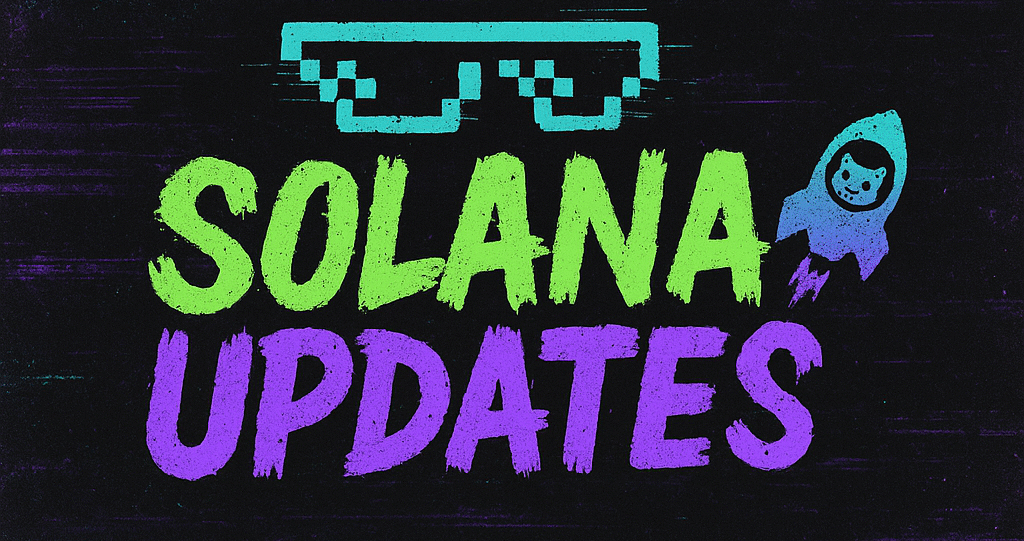The Future of Crypto: ETH’s Inflation Risk and XRP’s Liquidity Dominance
In the ever-evolving world of cryptocurrencies, shifts in the economic properties of major digital assets can herald significant changes in the market landscape. Two such potential shifts could redefine power dynamics within the crypto space and influence institutional adoption: a slowdown in Ethereum’s deflationary trend and the rise of XRP as the global liquidity benchmark.
Ethereum’s Inflationary Concerns
Ethereum (ETH), often lauded for its deflationary mechanics post-EIP-1559, has been a cornerstone of the crypto economy. The introduction of the London Hard Fork brought a revolutionary change by burning a portion of the transaction fees, effectively reducing the supply of ETH. This deflationary nature has been a key factor in Ethereum’s price appreciation and its attractiveness to investors.
However, if Ethereum’s deflationary trend were to slow, it could pose significant challenges. A decrease in deflation could be due to a variety of factors such as increased issuance, reduced network activity, or changes in protocol economics. A shift towards an inflationary model might lead to a reassessment of Ethereum’s value proposition, especially if its supply begins to increase. This could impact everything from investor sentiment to Ethereum’s role as a store of value, potentially leading to a decreased market share as investors seek more deflationary alternatives.
XRP: A New Liquidity Leader?
On the other side of the spectrum, XRP is emerging as a strong contender for the global liquidity benchmark. Originally designed to facilitate cross-border payments efficiently, XRP boasts a highly liquid network that can process transactions quickly and with minimal fees. Its use by financial institutions and payment providers around the world has positioned XRP as a backbone for global liquidity.
Should XRP rise to become the preferred asset for liquidity, it could fundamentally alter the cryptocurrency landscape. XRP’s efficiency in bridging different currencies makes it an attractive option for global financial systems, potentially leading to increased adoption by banks and payment services. This could propel XRP to the forefront as a key player in the global financial system, overshadowing other cryptocurrencies that primarily serve as stores of value or speculative assets.
Implications for the Crypto Market
The implications of these shifts are profound. If Ethereum loses its deflationary edge, it may need to innovate or adapt to maintain its position as a leading blockchain platform. This could involve enhancing scalability, improving smart contract capabilities, or integrating new technologies.
Meanwhile, XRP’s ascendancy as a liquidity benchmark could lead to broader institutional adoption. With increased trust and use cases, XRP might attract more regulatory scrutiny, which could either hinder or help its growth depending on how it is managed.
Conclusion
While the future is always uncertain, these potential developments illustrate the dynamic nature of the crypto market. Investors and institutions must stay informed and agile, prepared to adapt to changes that may disrupt traditional paradigms and create new opportunities. As Ethereum faces potential inflationary pressures and XRP eyes the role of global liquidity leader, the crypto landscape is poised for significant transformation.
🛒 Recommended Product: Check out top-rated crypto gear on Amazon


